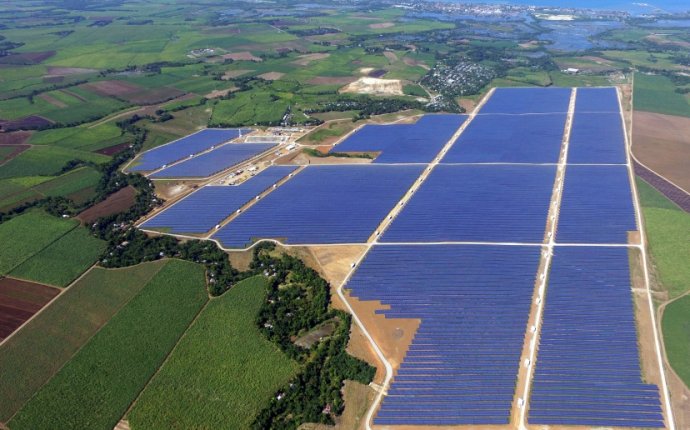
solar energy construction
 By James Hamilton
By James Hamilton
Bureau of Labor Statistics
Sunlight is the most abundant source of potential energy on the planet. If harnessed properly, sunlight could easily exceed current and future electricity demand. According to the U.S. Department of Energy, every hour, enough energy from the sun reaches Earth to meet the world's energy usage for an entire year. Creating solar power by converting sunlight into electricity would lower emissions from electricity generation and decrease long-term energy costs. As solar power becomes more cost-effective, it has the potential to make up a larger share of growing U.S. energy needs. And as it expands in usage, there will be a growing need for more workers—manufacturing workers to make solar panels, construction workers to build power plants, solar photovoltaic installers to install solar panels, and so on.
And as it expands in usage, there will be a growing need for more workers—manufacturing workers to make solar panels, construction workers to build power plants, solar photovoltaic installers to install solar panels, and so on.
This article provides information on the process of generating solar power and details various occupations in the solar industry. The first section details a brief history of solar power in the United States, followed by an overview of how solar power is generated, which entities use it, and the technology involved in supplying solar power.
The second section provides occupational information highlighting a brief job description of several noteworthy occupations that are related to solar power; the credentials needed to work in the occupation, such as education, training, certification, or licensure; and wage data. Occupations are listed under relevant occupational categories such as manufacturing, construction, installation, etc.
Using the data from the U.S. Bureau of Labor Statistics (BLS), Occupational Employment Statistics program and the Solar Foundation, this article represents the second publication in the Bureau's green careers series.
 Growth of solar power in the United States
Growth of solar power in the United States
Because of a growing interest in renewable energy and the increasingly competitive prices of alternative energy sources, solar power has received a lot of attention over the past several years. However, solar power generation itself is not new; it has been used for more than half a century, mostly on a small scale or for specialized purposes, such as generating electricity for spacecraft and satellites or for use in remote areas. Large scale solar generation was mostly developed in the 1970s and 1980s, and is considered a clean energy because of its lack of emissions. Continued growth is expected because solar power has many environmental benefits and is decreasing in price, which will allow it to become increasingly competitive with fossil fuels.
The relatively steep cost of solar power compared with traditional sources of electricity generation is caused by the high cost of manufacturing and installing solar panels. However, the cost of solar power has been trending downward as technology has improved and manufacturers have learned how to improve production efficiency. In addition, as solar power generation becomes more widespread, the cost of installing solar-generation capacity will continue to fall. And as the price of fossil fuels increases, solar power will become more cost effective relative to traditional sources of energy.













